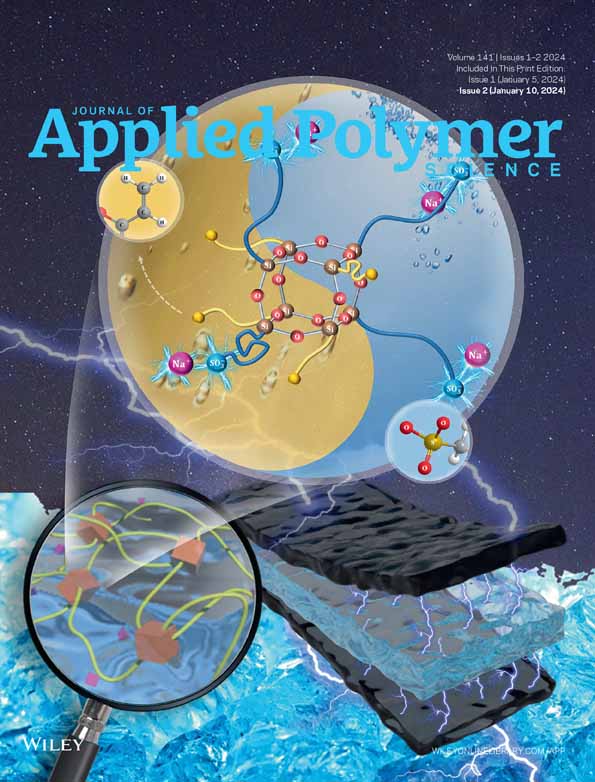Design of biocompatible polylactic acid–polyethylene glycol combination for manufacturing biodegradable staplers
Abstract
For the development of an effective and faster wound closure method, it is necessary to overcome current techniques' limitations. As compared to other methods, biodegradable staples provide superior mechanical properties, reduce scarring, and promote healing faster. Here, polylactic acid (PLA) and polyethylene glycol (PEG) composite staplers produced by solvent casting are presented as a suggestion for rapidly and easily closing wounds. The resulting samples were tested for mechanical properties, contact angle, and degradation properties over 21–90 days in the engineering phase. Selected formulations were moved to the biological phase for in vitro cytotoxicity by MTT assay and the in vivo biocompatibility assessment by transplantation of the samples into rats' back muscle. The tissue samples were collected and evaluated using hematoxylin and eosin and trichrome staining 1, 6, and 12 weeks after transplantation. When considering the maximum force tolerance range for PLA–PEG at around 20–58 N and comparing it with comparable commercial products, as well as their degradation rate and hydrophilicity, it was concluded that this combination maintains wound edges together. Cell viability tests demonstrated no cytotoxicity in the samples after 48 and 72 h. Morphological observations indicated some condensations of collagen fibers and no remarkable infiltration of inflammatory cells around the transplanted samples. In conclusion, the combination of PLA and PEG showed suitable mechanical properties, superior hydrophilicity, high biocompatibility and is suitable for medical staplers, and is innovative.
CONFLICT OF INTEREST STATEMENT
The authors declare that the research was conducted in the absence of any commercial or financial relationships that could be construed as a potential conflict of interest.
Open Research
DATA AVAILABILITY STATEMENT
Data will be made available on request.




